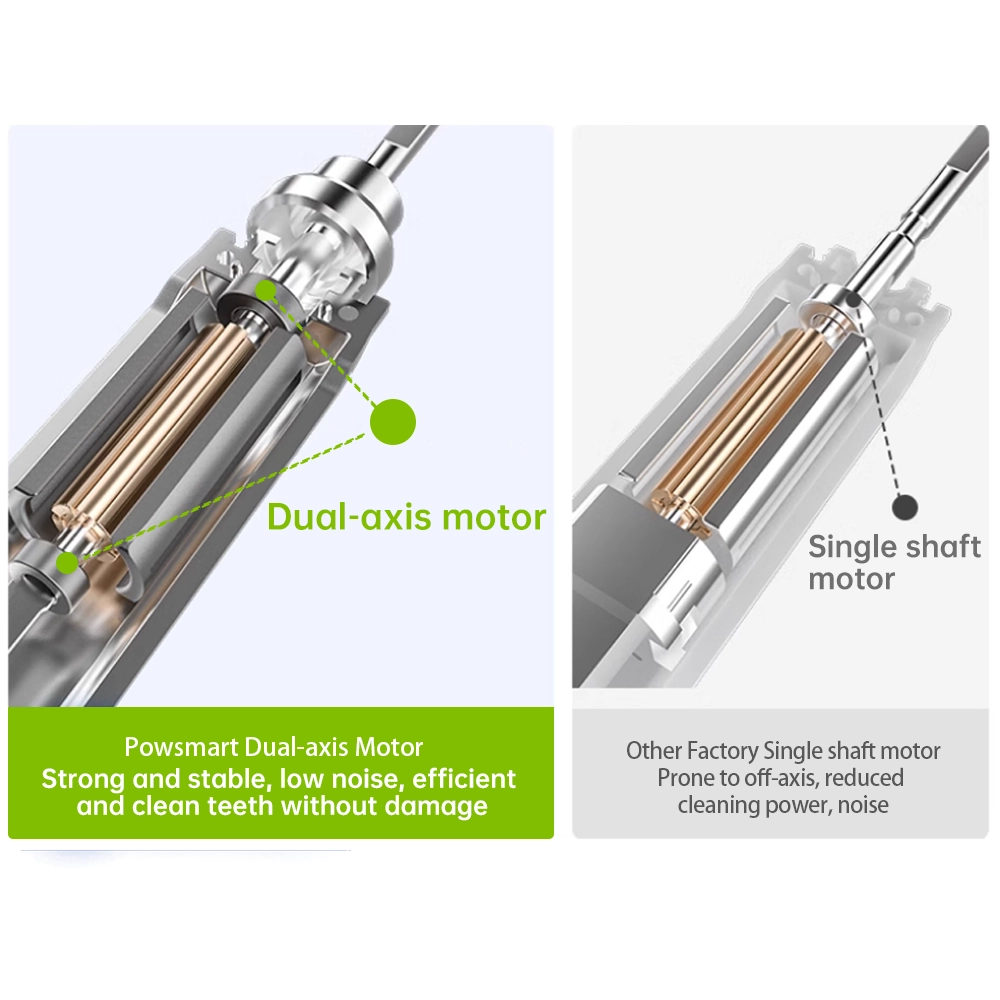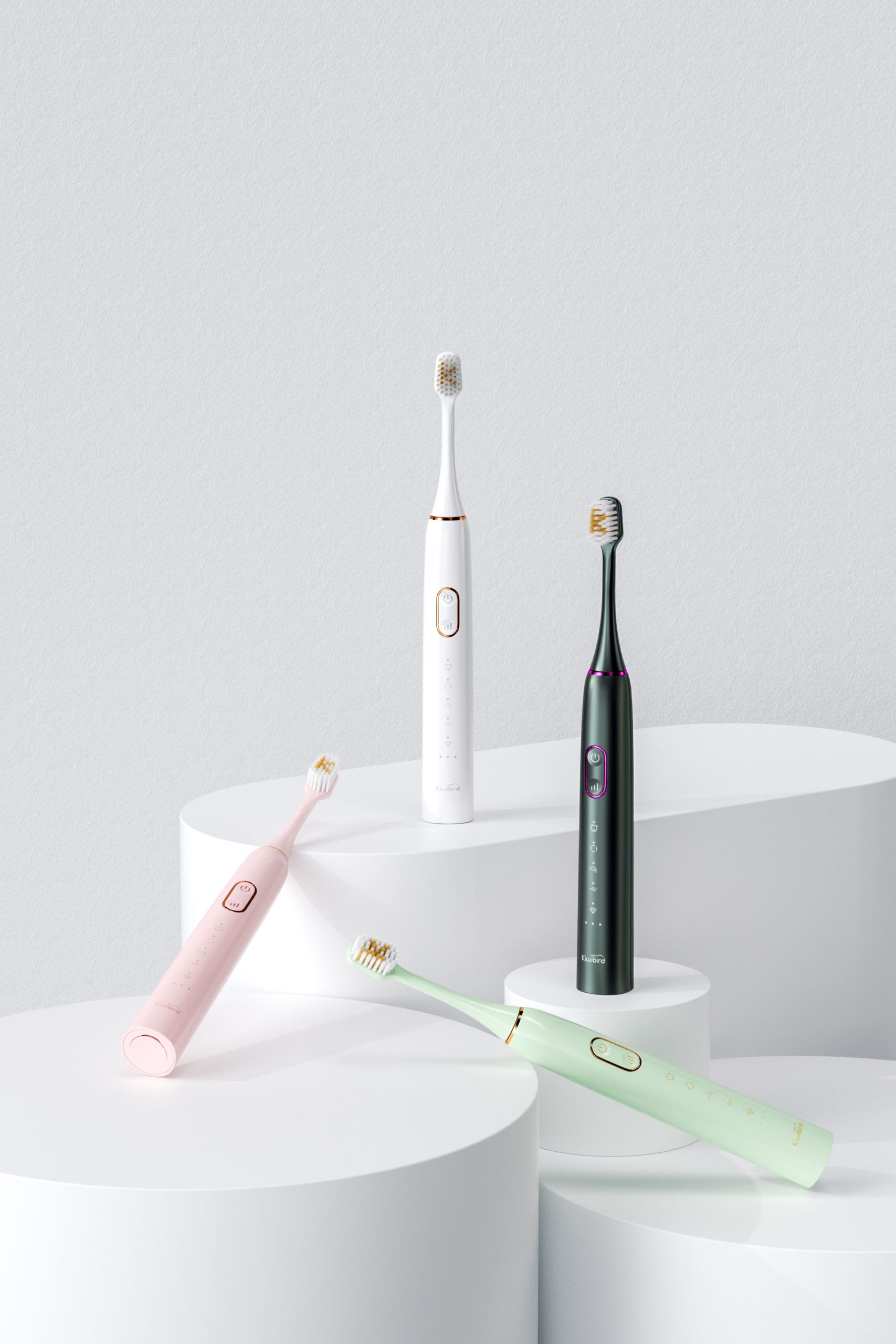As oral care devices evolve, the POWSMART Rotating Oscillating Toothbrush has earned a reputation for precision plaque removal and gum-friendly cleaning. However, some industry professionals and procurement teams have raised concerns about water pressure instability—especially when these brushes are used with built-in or connected water-flushing modules. Does this indicate a design flaw, or is it an integration challenge between mechanical and hydraulic systems?
The POWSMART Rotating Oscillating Toothbrush operates by spinning and pulsing the brush head alternately, often at 7,600 to 8,800 RPM. This motion enhances surface coverage and dislodges debris with less user effort. However, when this mechanical motion is integrated with water flushing functionality—such as in hybrid electric toothbrush-flosser designs—it introduces additional complexity to water pressure management.
Water pressure instability refers to fluctuations or sudden drops/spikes in water delivery, which can lead to:
For ODM/OEM buyers, this instability can lead to customer dissatisfaction and potential product returns.
In the case of the POWSMART Rotating Oscillating Toothbrush, several factors may contribute to water flow inconsistencies:
These causes are often exacerbated by aggressive miniaturization in travel or compact models. Company web: https://www.powsmart.com/product/electric-toothbrush/
Manufacturers can prevent water pressure instability without compromising the rotating-oscillating feature by incorporating:
Such design approaches allow brands to uphold both cleaning power and hydraulic comfort.
To ensure optimal results across batches, B2B suppliers like POWSMART should adopt standardized testing for hybrid models:
These processes significantly reduce the risk of pressure-related complaints in consumer markets.
The POWSMART Rotating Oscillating Toothbrush does not inherently suffer from water pressure instability. Rather, this concern emerges in models where oscillation is combined with pressurized water delivery—typically in value-engineered or miniaturized formats. For OEM buyers, the key lies in sourcing from manufacturers who pair their mechanical innovation with rigorous hydraulic design and QA standards.
When these systems are harmonized, brands can confidently deliver multifunctional toothbrushes that meet both user comfort and cleaning performance expectations—without trade-offs. Contact us

Oral Microbiome Impact from Color Relapse?
How Do Handle Cracking and Connector Corrosion Affect Device Lifespan?

The Advantages of the Brush Head Subscription Service for Oral Care Brand Growth
How Does Portability Enhance Allergen Detection?

Comparison of Sonic Vibration and Rotary Electric Toothbrush Technology
How Does Maintenance Difficulty Worsen Enamel Weakness?
.jpg)
Research on Consumers’ Preferences for the Functions and Prices of Electric Toothbrushes – From the Perspective of Suppliers
How Does Cold Light Wavelength Affect Bleach Decomposition?

How Do High-Quality Electric Toothbrushes Enhance the Brand Image of Oral Care?

Wireless Charging Electric Toothbrush Wholesale: Contact Technology Solutions
Can Unstable Vibration Worsen Tooth Sensitivity?
Can Short Tank Runtime Delay Oral Ulcer Care?
Why Do Whitening Cycles Cause Efficacy Debates?
Do Noisy Water Flossers Pose Aspiration Risk?

Does Gum Health Sonic Toothbrush Worsen Jaw Discomfort?
Can Charging Overheat Worsen Joint Leakage?

electric toothbrush heads Charcoal Infuse-Round

electric toothbrush heads Ultra Soft

Private Label Whitening Gel

Electric toothbrush heads Charcoal Infused-Diamond

Customization Teeth Whitening Gel
.jpg)
Florida Electric Toothbrush – Powsmart PTR-C8

electric toothbrush heads Deep Clean

electric toothbrush heads Regular Clean
whstapp
whstapp
National Toll-Free Service Hotline
+86 755 86238638